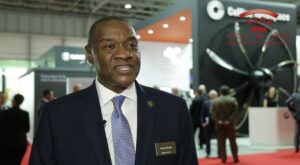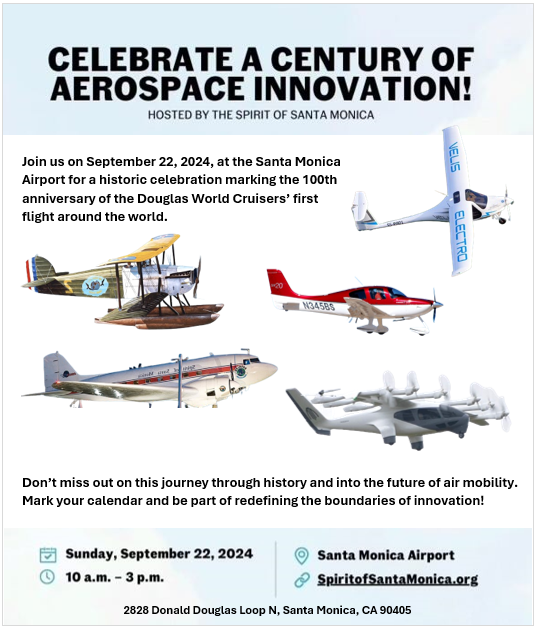
Lyte Aviation has partnered with VI&E to explore ecosystem requirements for operations such as landing pads, refuelling and charging.
Freshta Farzam, Lyte Aviation founder and CEO, envisions a wide range of VTOL aircraft utilising the same hubs. “We have so many different fully battery-electric but also hybrid-battery electric or hybrid-hyrdogen electric solutions nowadays,” Farzam tells us. “The better equipped the infrastructure is with different refuelling or recharging stations, the more attractive it will become as a hub for several eVTOLs. Especially, when we land with our 40 passengers and we create new markets for air taxis to continue the journey of our passengers at the last mile. Wouldn’t it be great to have everyone taken care of at that same hub then?”
Lyte is developing the first 40-seat eVTOL, as well as a cargo variant known as SkyTruck LA44C, offering a payload capacity of 4.5 tons. Both variants are being designed to be five times more fuel efficient than a helicopter, and 10 times less noise polluting. Targeting commercial entry within five to six years, the aircraft’s power will come from hybrid-hydrogen-electric turboprops and electric engines, hence the need for refuelling options at vertiports.
Freshta Farzam, Lyte Aviation founder and CEO, envisions a wide range of VTOL aircraft utilising the same hubs. “We have so many different fully battery-electric but also hybrid-battery electric or hybrid-hyrdogen electric solutions nowadays,” Farzam tells us. “The better equipped the infrastructure is with different refuelling or recharging stations, the more attractive it will become as a hub for several eVTOLs. Especially, when we land with our 40 passengers and we create new markets for air taxis to continue the journey of our passengers at the last mile. Wouldn’t it be great to have everyone taken care of at that same hub then?”
Lyte is developing the first 40-seat eVTOL, as well as a cargo variant known as SkyTruck LA44C, offering a payload capacity of 4.5 tons. Both variants are being designed to be five times more fuel efficient than a helicopter, and 10 times less noise polluting. Targeting commercial entry within five to six years, the aircraft’s power will come from hybrid-hydrogen-electric turboprops and electric engines, hence the need for refuelling options at vertiports.












